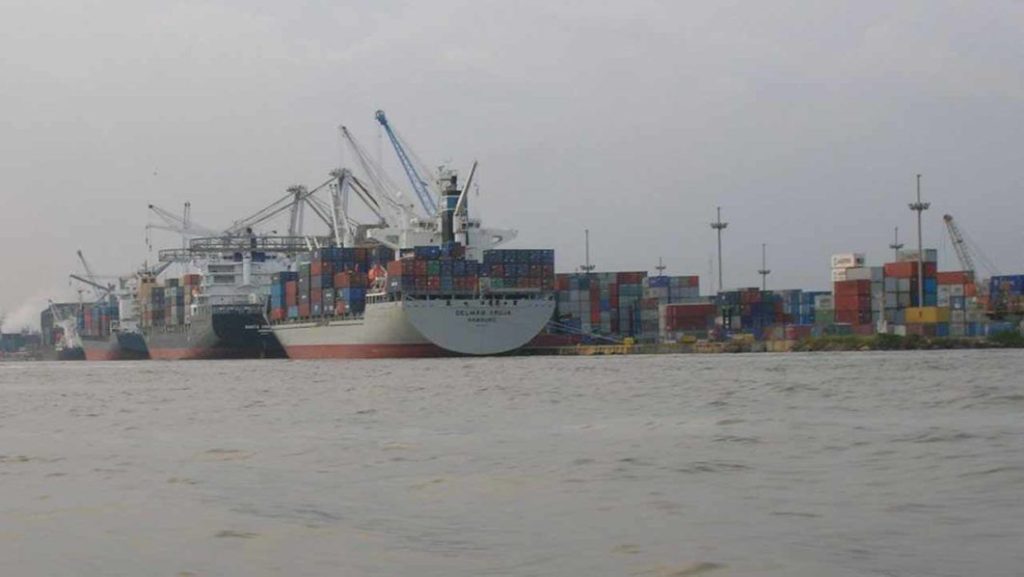
The European Union’s (EU) new customs pre-arrival safety and security system – Import Control System 2 (ICS2), is set to introduce a new process for the entry of goods by maritime, inland waterways, road and rail from June 3, 2024.
According to the EU’s statement sent to The Guardian, this is the third phase/ release of the implementation of the new system that will extend safety and security data reporting requirements to all modes of transport.

The EU said similar requirements had already gone into force for air transportation of goods.
According to the statement, ICS2 has been prepared in close collaboration among the European Commission, Member States’ customs authorities and businesses, adding that the system is being implemented in three releases that will gradually replace the existing import control system.

Release 1, which was launched on March 15, 2021, had postal and express consignments coming to or through the EU by air and became subject to a subset of the Entry Summary Declaration, called pre-loading advance cargo information (PLACI), before their loading onto the aircraft bound for the EU.
While the ICS2 Release 2, launched on March 1, 2023, had air cargo general consignments also became subject to the PLACI filing and the complete set of data of the Entry Summary Declaration (ENS) before their arrival.
The EU said that Release 3, which is the third phase, will have maritime and inland waterways as well as road and rail carriers, and provide data on goods sent to or through the EU before their arrival, through a complete ENS.
According to the EU, this obligation also concerns postal and express carriers, which transport goods using these modes of transport as well as other parties, such as logistics providers.
The EU stated that in certain circumstances, final consignees established in the EU will also have to submit the ENS data to ICS2.
The body advised traders to prepare in advance for Release 3 to avoid the risk of delays and non-compliance.
The EU stated that affected businesses would be required to ensure they collect accurate and complete data from their clients, update their IT systems and operational processes, as well as provide adequate training to their staff.
The union further noted that traders will also need to complete a self-conformance test before connecting to ICS2, to verify their ability to access and exchange messages with customs authorities.
“Affected traders will need to be operationally ready for ICS2 within a time-limited deployment window. Like Release 2, the data filing will be provided in one single complete ENS filing, if all the necessary data is available to the party that files and assumes the responsibility for bringing the goods into the EU customs territory.
“Alternatively, it can be done with multiple filings, where more than one partial ENS filing is submitted by different actors in the supply chain. In case of multiple filings, each filer is responsible for ensuring that their filings are submitted in a timely, accurate and complete way,” the EU stated.
The EU noted that member states will grant authorisation, upon request, to the affected traders to gradually connect to ICS2 within a time-limited deployment window.
The union further stressed that the member states can also grant the deployment window anytime within the following time frames from June 3 to December 4, 2024 for maritime and inland waterway carriers.
The EU also stated that from December 4, 2024 to 1 April 2025, will be for maritime and inland waterway house level filers, while from April 1 to September 1, 2025 will be for road and rail carriers.
 MMS PLUS NG – Maritime, Aviation, Business, Oil and Gas News Online Newspaper with coverage in Maritime, Oil and Gas, Aviation, Power and Energy as well as Financial News
MMS PLUS NG – Maritime, Aviation, Business, Oil and Gas News Online Newspaper with coverage in Maritime, Oil and Gas, Aviation, Power and Energy as well as Financial News









